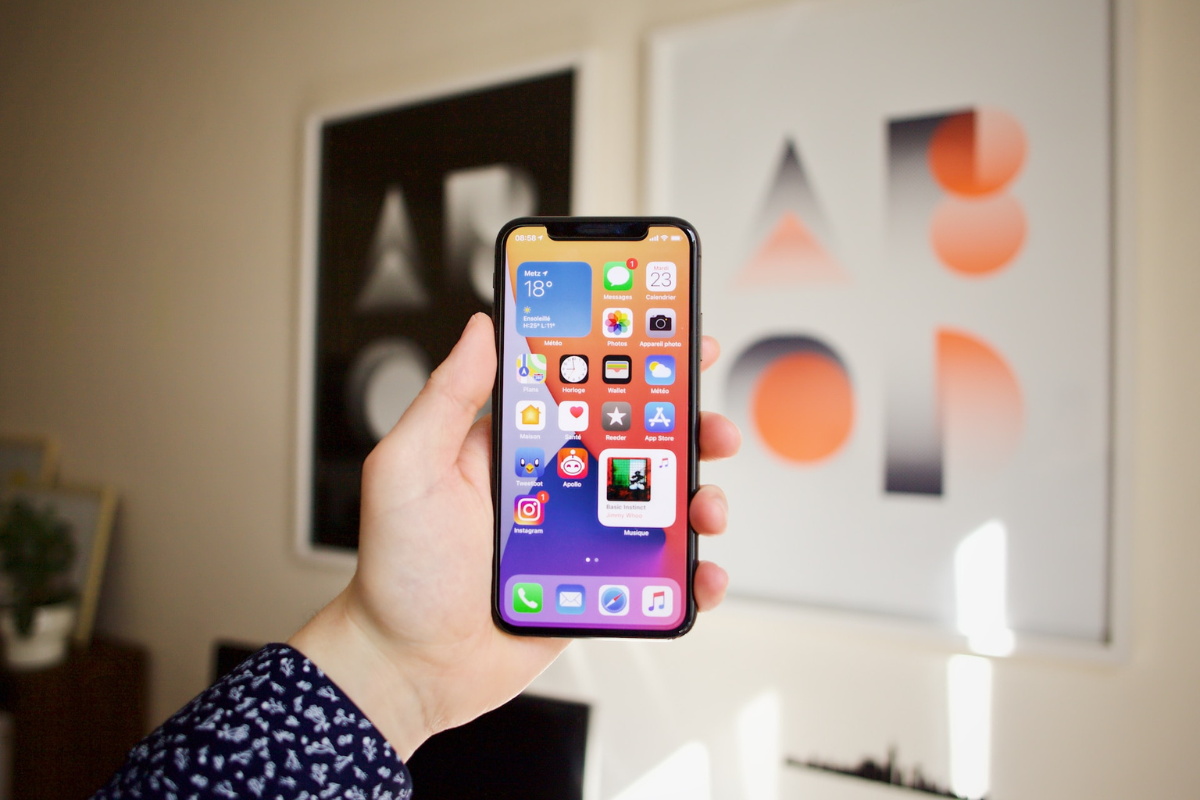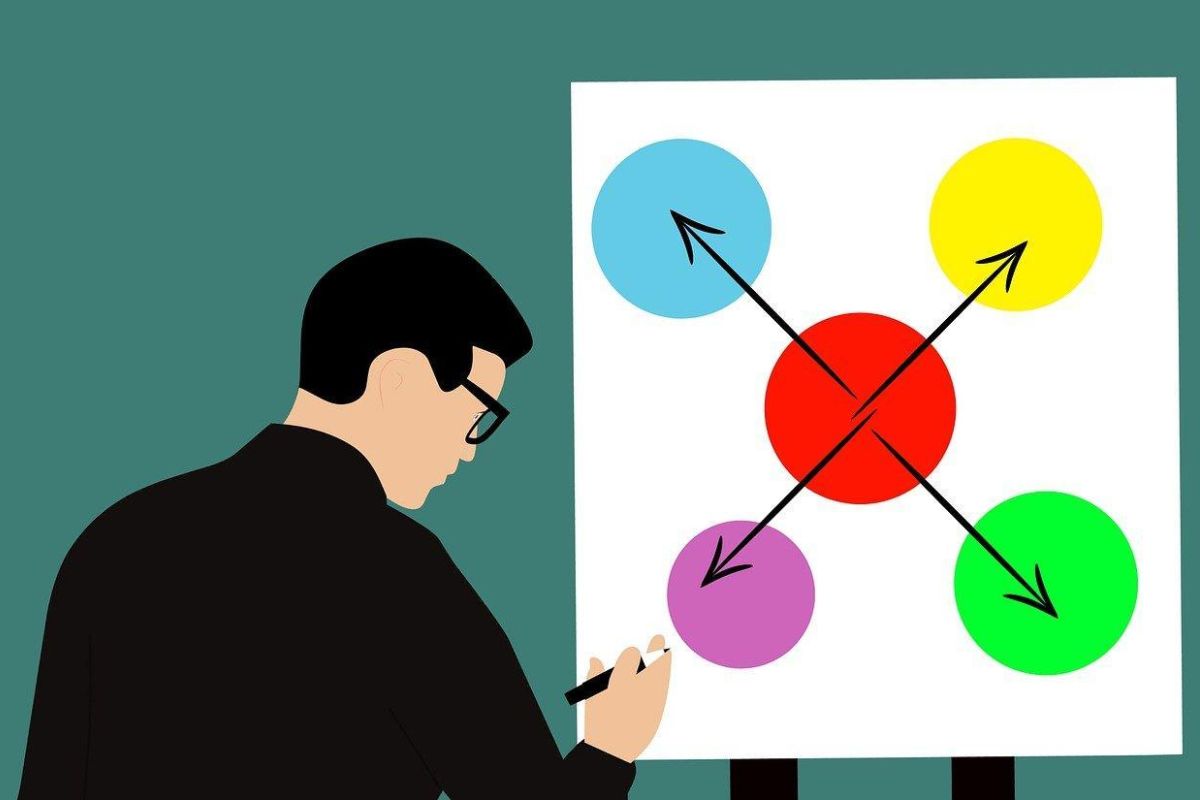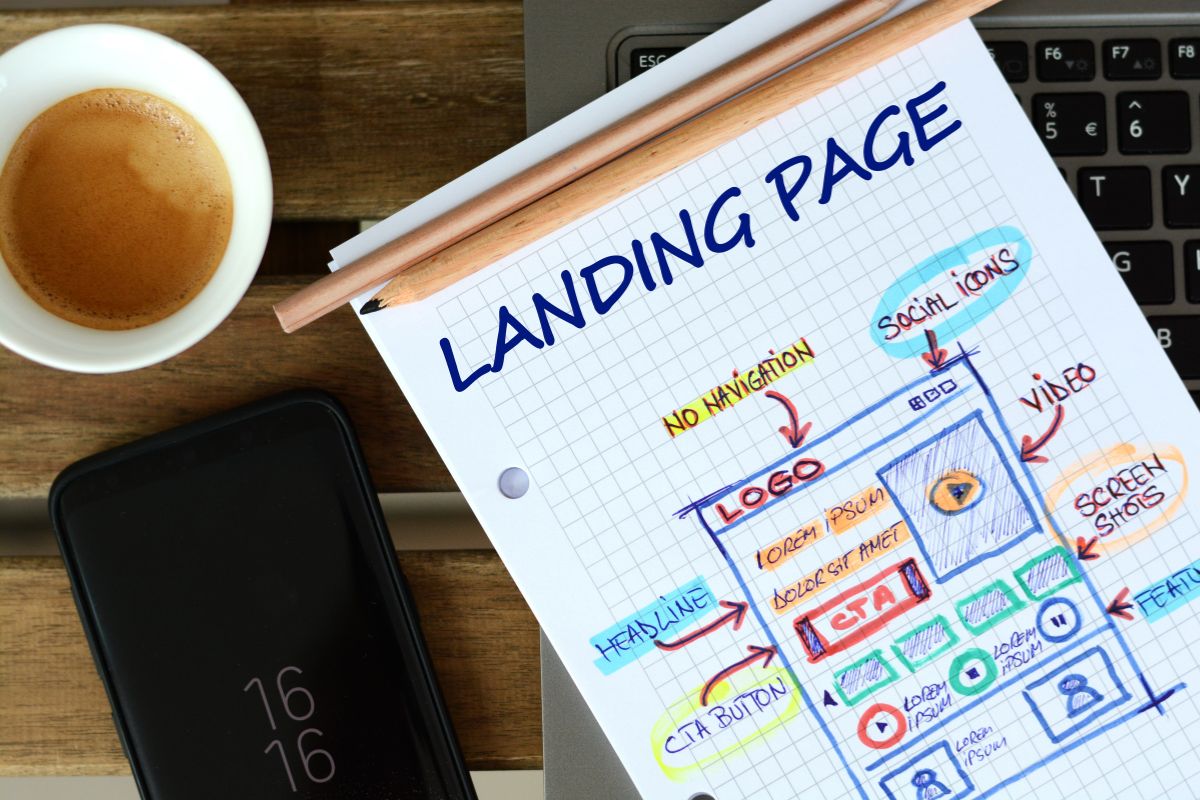In the broadest sense, accessibility is the degree to which a product, device, service, or environment is available to as many people as possible.
Accessibility can be viewed as the ability to access and benefit from some system or entity.
In the context of technology, it’s the design of products, devices, services, or environments for people who experience disabilities.
The concept of accessible design ensures both “direct access” (i.e., unassisted) and “indirect access” meaning compatibility with a person’s assistive technology (for example, computer screen readers).
Why Is Accessibility Important?
Accessibility is not just a feature but a necessity.
It’s essential because it ensures that all people, regardless of their physical or cognitive abilities, can access, use, and benefit from resources and services.
It’s about providing equal opportunities, which is a fundamental human right.
In the digital age, accessibility means that people with disabilities can independently use and interact with technology, just like anyone else.
All from the best text to speech iPhone apps to apps that let you use the phone without even touching it.
Table of Contents
ToggleThe Role Of iPhone In Accessibility
The iPhone’s Accessibility Features
Apple’s iPhone has been at the forefront of smartphone accessibility.
It comes with built-in features that support vision, hearing, mobility, and learning needs.

These features include VoiceOver, Zoom, Magnifier, Siri and Dictation, Switch Control, and many more.
Each of these features is designed to make the iPhone user experience seamless and inclusive.
How iPhone Is Changing the Game
The iPhone is changing the game by continuously innovating and improving its accessibility features.
It’s not just about having these features available, but also about how intuitive and easy they are to use.
The iPhone’s user-friendly design makes it a leader in accessible technology.
Apple’s commitment to accessibility goes beyond just features; it’s embedded in the company’s ethos.
They believe that technology should be accessible to everyone, and they’ve designed the iPhone with that principle in mind.
Noteworthy iPhone Apps For Accessibility
VoiceOver
VoiceOver is a gesture-based screen reader that lets you enjoy the fun and simplicity of iOS even if you can’t see the screen.
With VoiceOver enabled, just triple-click the Home button (or the side button on iPhone X and later) to access it.
This feature is incredibly useful for visually impaired users.
It describes exactly what happens on your iPhone, iPad, Mac, Apple Watch, or Apple TV, so you can navigate just by listening.
Apple’s VoiceOver is the world’s first gesture-based screen reader, and it’s a revolution in accessibility.
Magnifier
The Magnifier works like a digital magnifying glass.
It uses the camera on your iPhone to increase the size of anything you point it at, so you can see the details more clearly.
This feature is especially useful for people with low vision.
It can help with everyday tasks like reading small print or seeing details on an object.
The Magnifier can be customized to suit individual needs, with options to adjust brightness, contrast, and apply color filters.
Live Listen
Live Listen can help you hear a conversation in a noisy room or hear someone speaking across the room.
You can use your iPhone as a remote microphone that sends sound to your Made for iPhone hearing aid.
Live Listen is a game-changer for people with hearing impairments.
It can make it easier to have conversations in noisy environments by amplifying the sound you want to hear.
The Impact Of iPhone Apps On Everyday Life
Personal Experiences
There are countless stories of how iPhone’s accessibility features have made daily tasks easier for people with disabilities.

For instance, a visually impaired user might use VoiceOverto read emails, navigate through apps, or even write a document.
A user with a hearing impairment might use Live Listen during a meeting or in a crowded restaurant to focus on the conversation they want to hear.
For someone with motor impairments, the AssistiveTouch feature allows them to use their iPhone even if they have difficulty touching the screen or pressing the buttons.
These are just a few examples of how these features can significantly improve the quality of life for individuals with disabilities.
Statistical Evidence
According to a survey by the American Foundation for the Blind, 70% of respondents agreed that the iPhone’s accessibility features have made a significant positive impact on their lives.
This is a testament to the effectiveness of these features.
It’s not just about having accessibility features; it’s about how these features are implemented and how well they work in real-world scenarios.
The high satisfaction rate among users indicates that iPhone’s accessibility features are not only well-designed but also highly functional.
The Future of Accessibility with iPhone
Upcoming Features
Apple continues to innovate in the field of accessibility.
Future updates promise even more intuitive features. For instance, Apple is working on eye-tracking technology for hands-free control of the iPhone.
This could be a game-changer for people with motor impairments.
Also, improvements to VoiceOver functionality are on the horizon, with Apple planning to use machine learning to read and interpret even more complex data on the screen.
The Potential of iPhone Apps
The potential of iPhone apps for accessibility is vast.
As developers continue to understand the needs of users with disabilities, we can expect to see more apps designed with accessibility in mind.
This will further enhance the usability of the iPhone for everyone.
For instance, we could see apps that use the iPhone’s sensors to provide more detailed environmental information for visually impaired users, or apps that use AI to transcribe conversations in real-time for hearing-impaired users.
Conclusion
The art of accessibility is about creating an inclusive world where everyone has equal access to information and services.
iPhone apps are playing a crucial role in making this vision a reality.
With their innovative accessibility features, these apps are not just making life easier for people with disabilities, but they’re also setting a standard for what accessibility in technology should look like.
The iPhone is more than just a smartphone; it’s a tool that breaks down barriers and enables people of all abilities to communicate, learn, and engage with the world.











